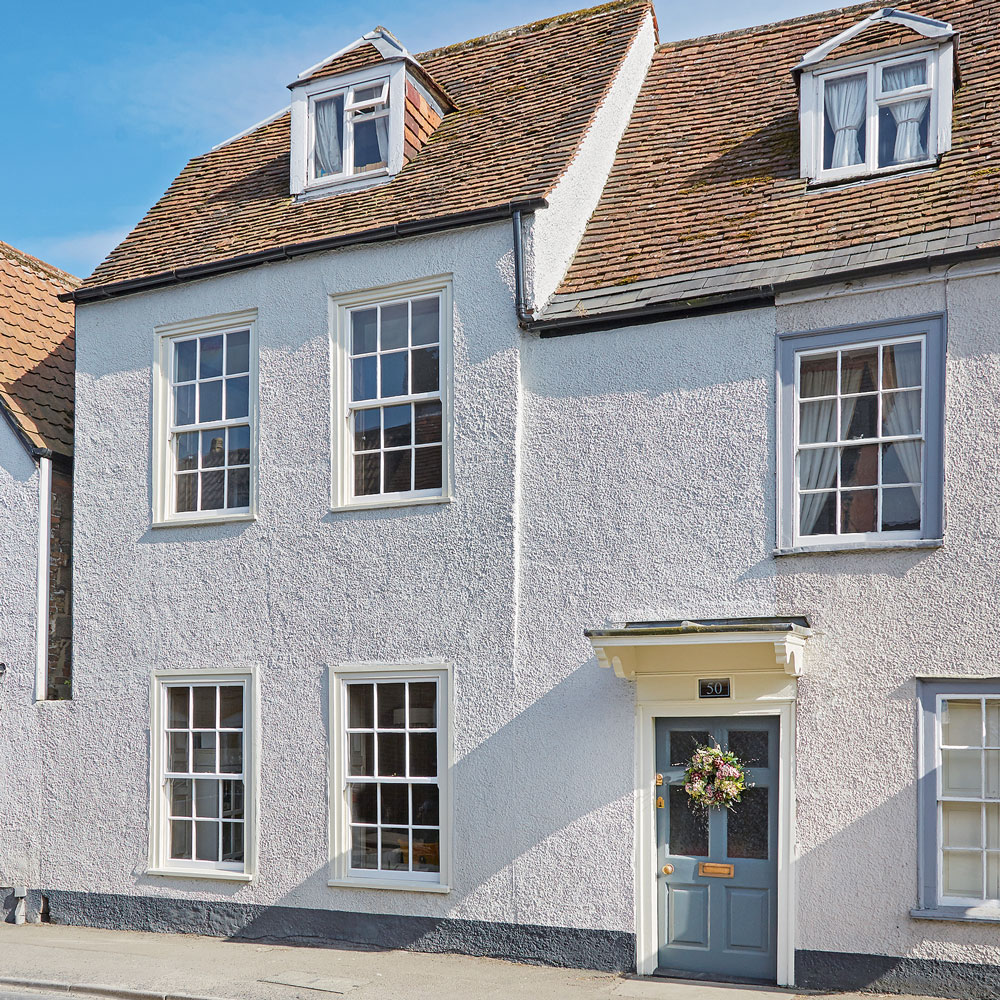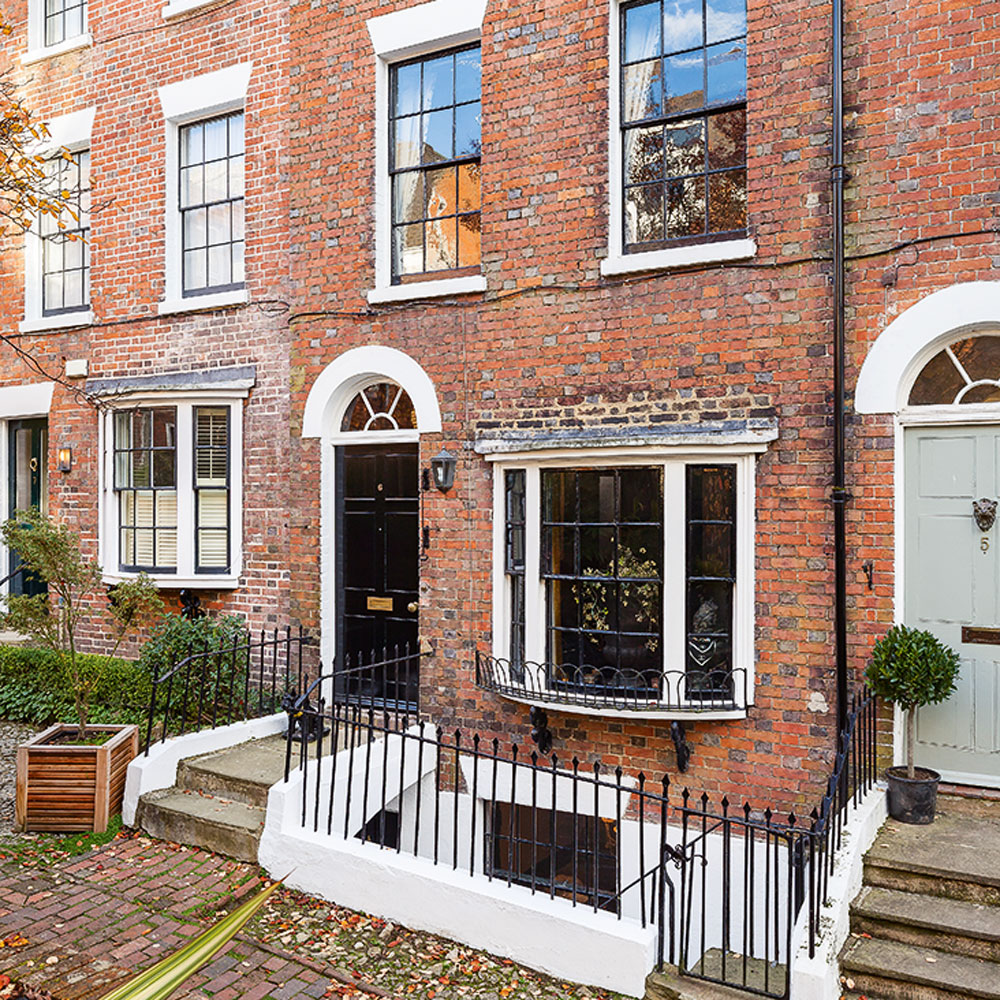Listed buildings insurance guide
Why owning this kind of property can make finding listed buildings home insurance a challenge
Buying a listed building can mean you live in an interesting piece of history. But owning this kind of building can make finding listed buildings insurance a challenge. A building can be ‘listed’ when it has special architectural features or is of historical interest and importance.
There are around 500,000 listed buildings in England and the idea is that these buildings will be protected for future generations. According to Historic England, the body responsible for designating buildings as listed, all buildings built before 1700 are likely to be listed, as well as most buildings built between 1700 and 1850.
There are also some modern homes and properties that are listed because of their special interest. Most people will be aware that they are buying a listed building during the purchase process. If you’re not sure, you can double-check via Historic England, CADW in Wales, Historic Environment Scotland, or the Department for Communities in Northern Ireland.
Unlike regular home insurance, here’s what you need to know about listed buildings insurance.
How are listed buildings graded?

All listed buildings are graded according to their importance: In England and Wales, the grades are I, II* and II. In Northern Ireland, the categories are A, B+ and B, which are similar to grades I, II* and II.
Only about 2.5% of listed buildings are grade I – these are buildings of the most exceptional interest. About 5.5% of listed buildings are grade II* which means they are deemed particularly important. Most listed private homes will be grade II which means they are of special architectural or historical interest.
Scotland’s estimated 47,000 listed buildings are split into categories A, B and C. Those in category A are of national or international architectural importance, while category B buildings are either of regional importance or are a major example of a particular period or style. Category C buildings are of local importance, or a lesser example of any period or style.
Sign up to our newsletter for style inspiration, real homes, project and garden advice and shopping know-how
Why do you need specialist insurance for listed buildings?
If you own a listed building, you’ll have an obligation to keep it as close as possible to its original state.
Chris Salmon, operations director of conveyancing specialists Quittance Legal Services, says: ‘Owners are not legally obliged to repair their listed property. However local councils are allowed to force owners to repair listed properties according to their statutory listing. It is up to the local council to enforce this, and such enforcement is at the council's discretion.’
This could mean you might need to source rare or expensive building materials and specialist tradespeople for renovations or repairs. This makes insurance more expensive for listed buildings than for standard homes.
Phil Cooper, propositions manager for personal lines at NFU Mutual adds: ‘Unlike a standard property where rebuilding is relatively straightforward, a listed building is a more complex challenge because you are moving from repair to restoration. This often involves expensive materials and the use of professionals such as architects, surveyors and specialist craftsmen.’
What kind of listed buildings insurance do you need?
If you buy a listed building, you can buy:
- Buildings insurance
- Contents insurance
- A joint policy covering both buildings and contents
Buildings insurance covers the structure of your home, such as the walls, roof, windows, pipes and fixtures. This type of insurance is there to protect you against sudden, unforeseen incidents. It doesn’t cover routine maintenance of a property or any issues that arise due to wear and tear.
Contents insurance covers your personal belongings such as furniture, clothes, electronic items, and so on.
Aaron Cambden, founder of Fairview Estates, says: ‘While there are a number of factors that make a listed building more expensive to insure, some are more important than others. There is so much red tape around listed buildings with anything you do to them which means that you're likely to run into a few annoyances.'
‘Any repairs that the property might need can be subject to a few rules. Often the repairs need to be in keeping with the style of property. A good example is brick/stonework, if you have very specific stonework that needs to be specially made to suit the building, it may be that your insurer increases the price of your premium slightly to protect their interests.’
Many listed buildings have a thatched roof, and this will have implications for your insurance premium. This type of roof can be a fire risk, especially if the property has a fireplace. Thatched roofs are also expensive to repair if damaged by the weather, and generally need replacing every 10 to 15 years. For this you've need specialist roof insurance.
How do you calculate a property’s ‘rebuild value’?

When you buy buildings insurance, the insurer will ask the ‘rebuild cost’ or ‘rebuild value’ of your home. This is the amount it would cost to totally rebuild your property if it was completely destroyed by a catastrophic event. It’s important to input the correct figure.
The Association of British Insurers (ABI) says that if your home is made of non-standard materials or has specialist architectural features, its rebuild cost may be higher than its market value. This is the opposite to standard homes where the rebuild price is usually less than the market value.
'Very simply if you underestimate the rebuild value of your home your insurers may not pay the full cost of repair or rebuilding' warns Kevin Brown, spokesperson for The Listed Property Owners’ Club. 'If the underinsurance is severe, they may simply cancel the policy and pay nothing on the basis that you have misrepresented the risk to them.’
When buying insurance for a listed building, it’s a good idea to pay a specialist surveyor with knowledge of historic houses or conservation to calculate the rebuild cost to ensure the figure is correct.
How do you buy listed buildings insurance?

1. Shop around for cover
Some general insurers don’t offer cover for Grade I or Grade II* listed buildings. These account for about 8% of listed buildings and you might have to find a specialist insurer if your home falls into one of these categories.
It’s easier to find insurance if your home is a Grade II listed building. You should shop around and compare quotes from different insurers.
2. Understand the excess
Every home insurance policy comes with an excess. This is the amount you agree to pay towards any claim you make. The ‘compulsory excess’ is determined by your insurance company and is the minimum amount required.
A ‘voluntary excess’ is optional and is in addition to the compulsory level. Usually, the higher the voluntary excess, the lower your insurance premium. If you choose to add a voluntary excess, make sure you can afford to pay the total excess should the worst happen.
3. Consider a specialist insurer
The Listed Property Owners’ Club recommends that owners of listed buildings look for a specialist insurance policy. There are several reasons for this.
‘Firstly, to guarantee that the insurer recognises the property is listed and requires special attention in the event of a claim,' says Brown. ‘Secondly, in the event of a claim that the loss adjusters appointed by the insurers are able to liaise quickly with the Conservation Officer to minimise other damage. '
'For example, a small hole in the roof of a modern house could create water damage below that may only require some small rectification work by a plasterer. But if the building is listed specifically because of the quality of the internal fibrous plasterwork you need to minimise subsequent damage to avoid significant costs in replicating the plasterwork.’